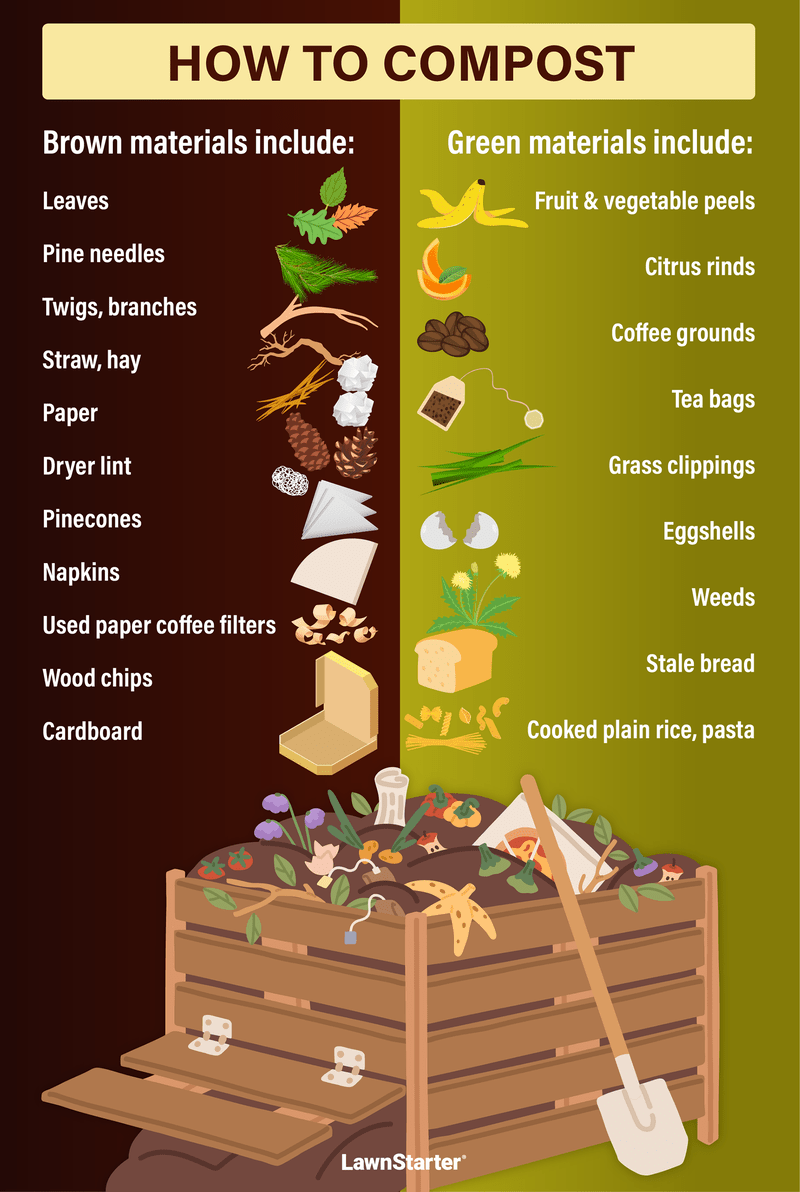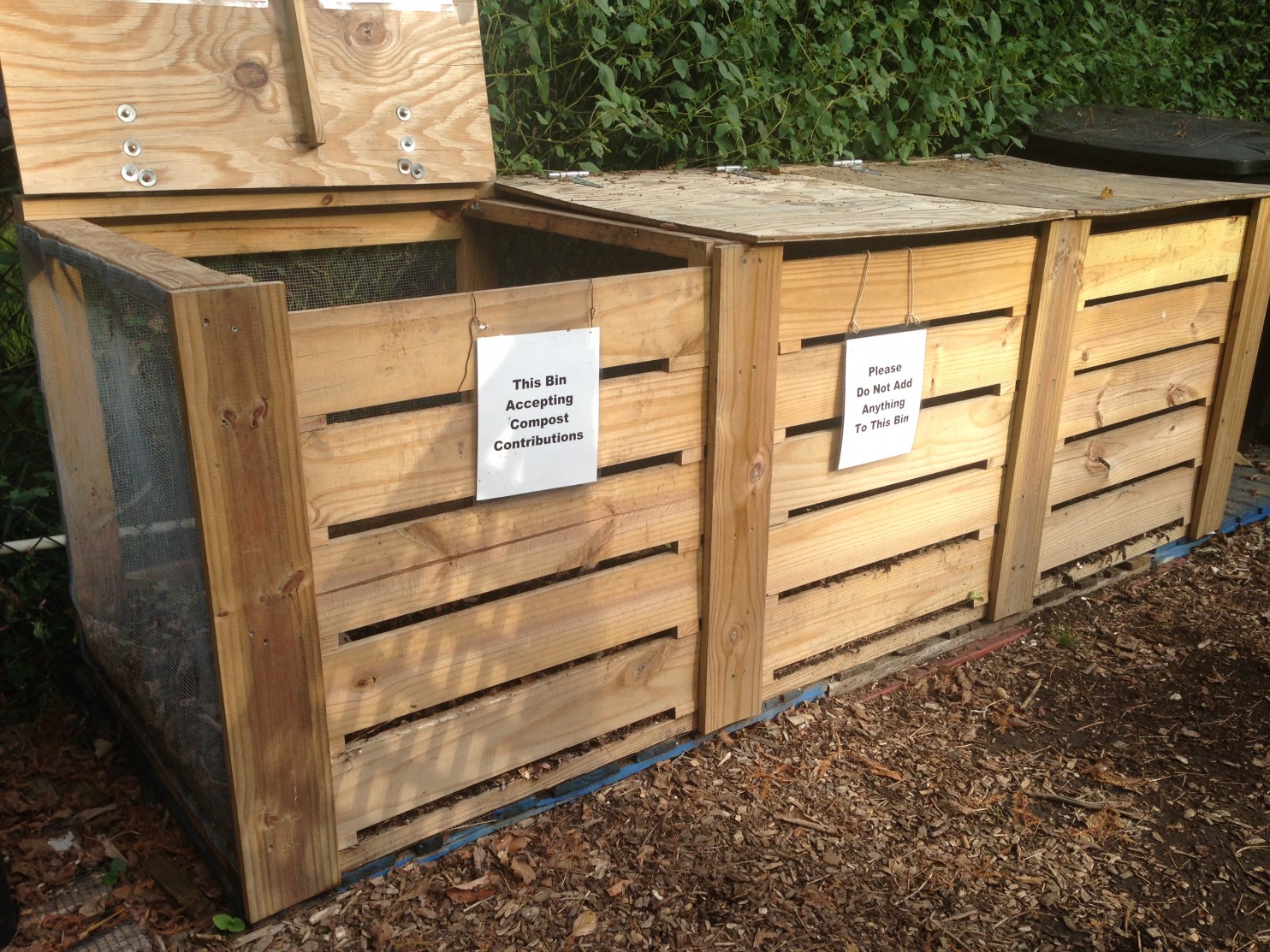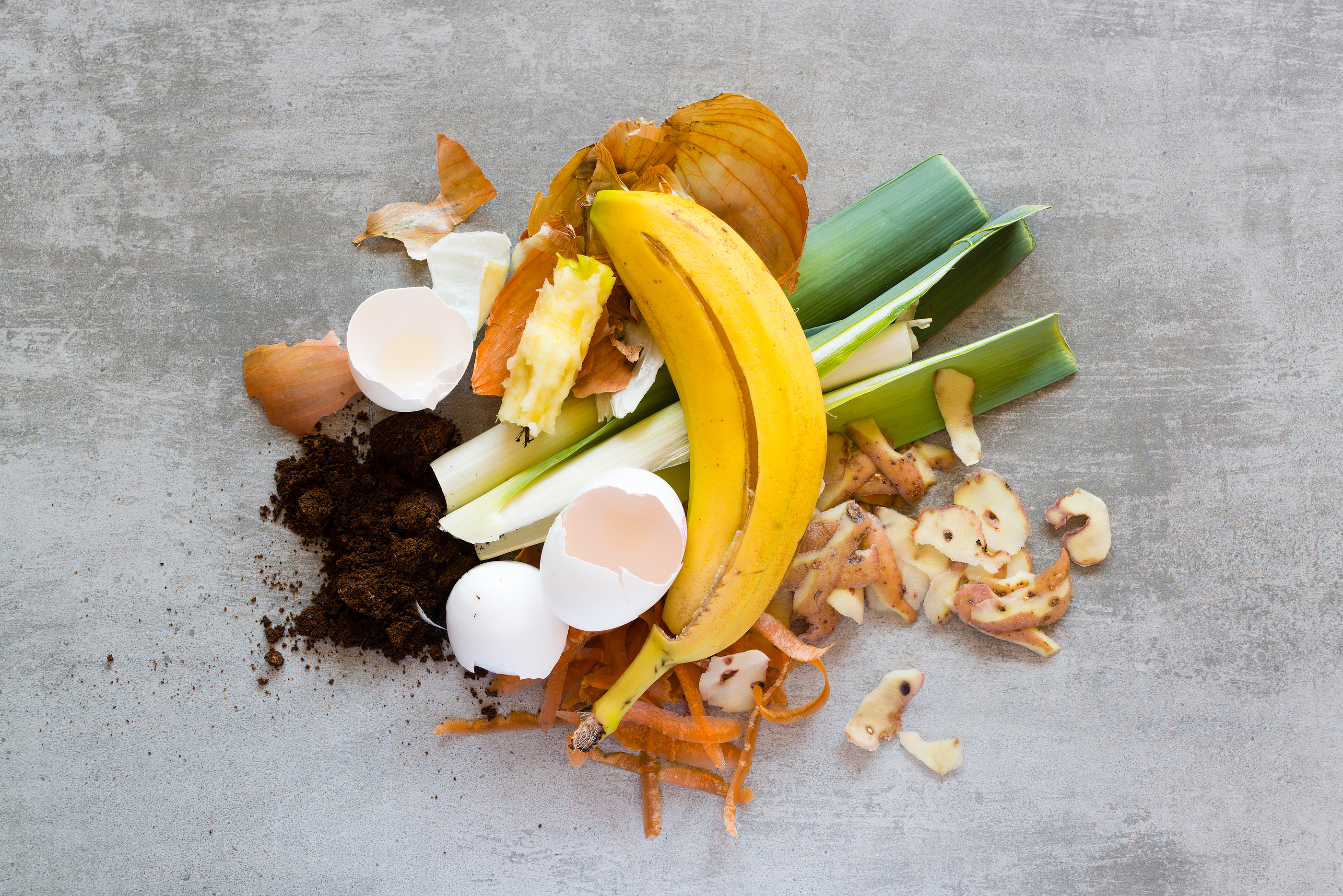How to Compost for Beginners: A Step-by-Step Guide

Are you tired of throwing away kitchen scraps and yard waste, only to watch your trash bin overflow? Imagine if you could transform that waste into a nutrient-rich soil amendment that your garden will love. Welcome to the world of composting! This beginner's guide will walk you through the composting process, helping you turn organic waste into garden compost with ease. Let's dive in!
What is Composting?
Composting is nature's way of recycling. It's a simple process where organic waste, such as food scraps and yard trimmings, is broken down by microorganisms into a dark, crumbly, earth-scented material called compost. This finished product is a superfood for your garden, improving soil structure, retaining moisture, and supplying essential nutrients to plants.
Why Should You Compost?
Composting is a win-win for you and the environment. Here's why:
- Reduces waste: Organic waste makes up around 30% of what we throw away. Composting diverts this waste from landfills, reducing methane emissions.
- Saves money: Compost is a free, high-quality soil amendment. Why buy fertilizer when you can make your own?
- Improves soil: Compost enhances soil structure, increases water retention, and promotes healthy plant growth.
How to Compost for Beginners
Ready to start composting? Here's a step-by-step guide to help you begin.
Step 1: Choose Your Compost Bin
A compost bin is where the magic happens. It can be as simple as a pile in your backyard or a fancy tumbler from a garden store. Here are a few options:
- Compost Pile: The most straightforward method. Just pick a spot in your yard and start piling on the organic waste.
- Plastic Bin: Inexpensive and easy to use. You can find them at most garden stores.
- Tumbler: These make turning your compost a breeze. They're perfect for small spaces and produce compost quickly.

Step 2: Understand Greens and Browns
Composting relies on a balance of "greens" and "browns." Greens are nitrogen-rich materials like food scraps and fresh plant clippings. Browns are carbon-rich materials like dried leaves, straw, and paper.
- Greens: Fruit and vegetable scraps, coffee grounds, tea bags, fresh plant clippings, and manure from herbivores.
- Browns: Dried leaves, straw, shredded paper, cardboard, and wood chips.
Step 3: Build Your Compost Pile
Start your compost pile with a layer of browns at the bottom. Then, add greens and browns in alternating layers, like a lasagna. Aim for a ratio of one part greens to three parts browns.
Step 4: Maintain Your Compost Pile
To keep your compost pile happy and healthy, follow these tips:
- Turn it: Use a pitchfork or shovel to turn your pile every week or two. This aerates the pile, providing oxygen to the microorganisms.
- Keep it moist: Your compost pile should be as damp as a wrung-out sponge. Add water if it's too dry, or mix in browns if it's too wet.
- Monitor the temperature: The center of your pile should heat up as the materials decompose. This is a good sign!
Step 5: Harvest Your Compost
Depending on the method, it can take anywhere from a few weeks to a year for your compost to be ready. You'll know it's done when it's dark, crumbly, and smells like earth. Screen out any large, unfinished pieces and use your compost to enrich your garden soil.
Common Composting Problems and Solutions
Composting isn't always smooth sailing. Here are some common issues and how to fix them:
- It's too smelly: Add more browns and turn the pile to introduce oxygen.
- It's too dry: Add water and more greens.
- It's not heating up: Make sure your pile is big enough (at least 3x3x3 feet) and has the right greens-to-browns ratio.
Resources for Further Learning
Want to dive deeper into composting? Check out these resources:

Conclusion: Embrace the Composting Journey
Composting is a rewarding journey that turns waste into wealth. By following this guide, you're well on your way to creating a lush, healthy garden. Don't be afraid to experiment, make mistakes, and learn as you go. Remember, every scrap you compost is a step towards a greener, more sustainable future. Happy composting!
FAQs
Can I compost meat and dairy?
- While it's possible, it's generally not recommended for beginners. Meat and dairy can attract pests and cause odors. Stick to plant-based materials instead.
How do I compost in an apartment?
- Consider vermicomposting, which uses worms to break down organic waste. It's compact and can be done indoors.
Can I add weeds to my compost pile?
- Yes, but be cautious. Some weeds can survive the composting process and end up in your garden. It's best to avoid weeds that have gone to seed.
What if my compost pile doesn't heat up?
- Don't worry! Even if your pile doesn't heat up, it will still decompose, just at a slower pace.
How do I use finished compost?
- Mix it into your garden soil, use it as a top dressing, or brew it into a nutrient-rich compost tea for watering plants.
0 Response to "How to Compost for Beginners: A Step-by-Step Guide"
Post a Comment